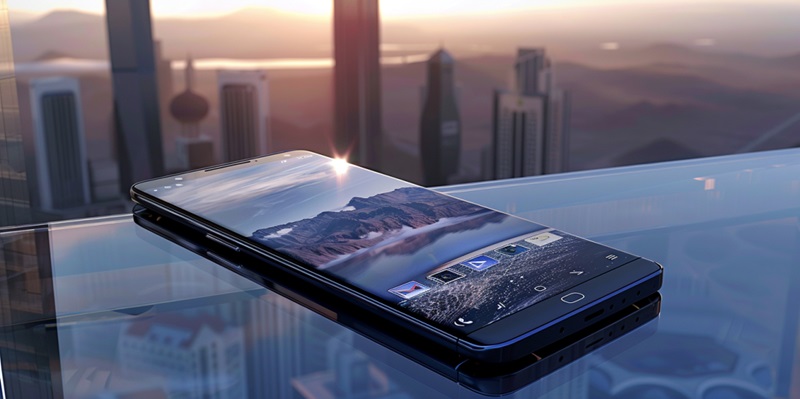Oppo’s Find X7 Ultra Satellite Edition reinvigorates excitement within the smartphone sector, particularly with its breakthrough satellite communication feature. This innovative tech makes it a standout choice, especially for those in off-the-grid locales. By enabling messaging without relying on traditional networks, it serves as a beacon of safety and constant connectivity for adventurers, remote workers, and locals in disaster-hit areas where conventional communication lines are down. As the ability to stay connected regardless of location becomes increasingly vital, Oppo’s cutting-edge satellite-enabled phone could represent a critical lifeline, blending advanced technology with the foundational need for communication. This could reshape expectations from modern smartphones, providing new solutions that address both everyday and extreme communication challenges.
Bridging Connectivity Gaps with Satellite Technology
The advent of the Oppo Find X7 Ultra Satellite Edition epitomizes the quest for ubiquitous connectivity. By enabling communication via satellite, this smartphone could virtually eliminate the anxiety of losing network coverage. This offers unparalleled assurance for users who venture into the wilderness or regions where cellular towers are sparse or nonexistent. The appeal stretches further to global travelers and international professionals whose work takes them across varying landscapes and degrees of technological development.
Oppo indicates that satellite communication on the Find X7 Ultra is not merely a fallback option but is integrated smoothly to function alongside, and in the absence of, cellular networks. This seamless integration may well be the key to widespread adoption; however, the technical complexities involved could pose challenges for both Oppo and its competitors. The success of the Find X7 Ultra will largely depend on how well these complications are managed and how efficiently the device can shift between terrestrial and extraterrestrial signals.
Contemplating the Commercial Viability of Satellite Phones
Oppo is turning heads with its Find X7 Ultra, which integrates satellite communication—a feature not yet mainstream due to costs and tech limitations. This raises questions about market readiness and consumer willingness to pay extra. The phone’s Snapdragon 8 Gen 3 chip, high-end camera, and other features stand out, but satellite connectivity sets it apart, justifying a potential premium price.
Power consumption is a concern since satellite features use more battery, and this could be an issue in remote areas with scarce charging options. Oppo must balance innovation with practical concerns to make this appealing to users.
In essence, the Find X7 Ultra Satellite Edition represents a significant stride in smartphone technology, showcasing advanced features and could signal a shift in the industry. Oppo’s success will depend on aligning practicality with market demands, potentially paving the way for a new generation of satellite-connected smartphones.

